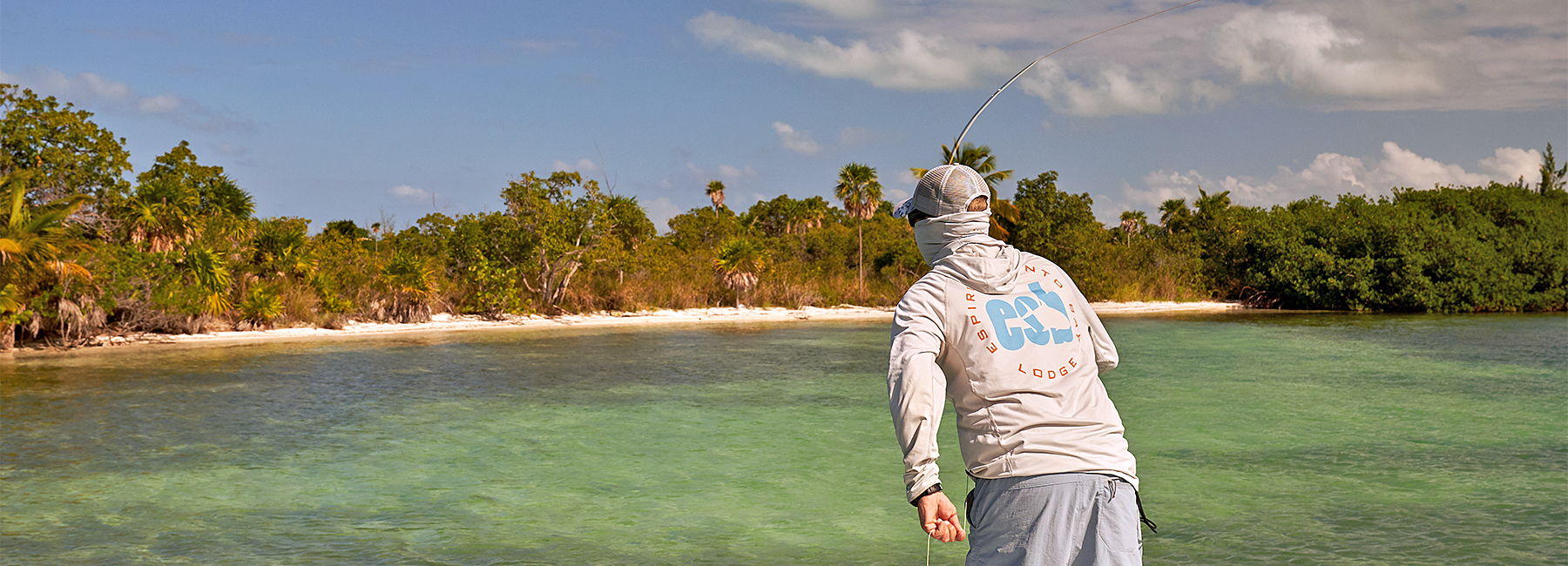Fishing Report #19
June 02 – 09, 2024
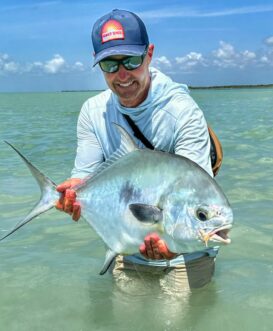
Welcome to the Caribbean!
Chaac, the Mayan god of rain, lightning and water, is one of the most important and venerated deities in the Mayan culture, especially in the Yucatan Peninsula during the Postclassic period. His importance is comparable to that of Tlaloc among the Aztecs and Pitao Cocijo among the Zapotecs. Chaac is commonly represented with an elongated and curved nose similar to a trunk, two fangs curved backwards coming out of his mouth, and an ornament on his head that is generally a knotted girdle. The hieroglyph for his name includes an eye, which in the Madrid Codex is in the shape of a “T”.
The myths tell that Chaac resided in the caves or cenotes, which were also considered entrances to the Maya underworld, the Xibalba. Chaac was said to use an axe to strike the clouds and cause thunder and rain. In another version of the myth, it is narrated that Chaac was the brother of the Sun and, after committing adultery with the Sun’s wife, he wept in repentance, and these tears turned into rain. As a benevolent deity, Chaac was associated with creation and life, and was invoked by the people to ensure good harvests.
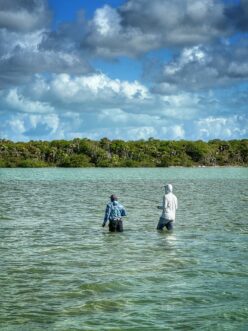
One of the best known rituals in honor of Chaac consisted of throwing young men into the cenotes. Some of these young men were left to drown, while others were rescued in the belief that they had acquired divinatory powers. These sacrifices and offerings sought to attract rain, essential for agriculture and the survival of Maya communities.
Chaac was not considered a single deity, but a quadruple entity, with each of his four manifestations associated with one of the cardinal points. Chac Xib Chaac, the red god of the east, was symbolized by a red pheasant; Sac Xib Chaac, the white god of the north, by a white dove; Ek Xib Chaac, the black god of the west, by a black crow; and Kan Xib Chaac, the yellow god of the south, by a yellow eagle. This fourfold representation underlined the importance of Chaac in all directions and aspects of life.
Chaac’s influence was so great that his image adorned many structures in Maya archaeological sites. At Uxmal, for example, Chaac was the main god, and in places such as Sayil, Chichén Itzá, Kabáh and Labná, masks representing him can be found on the facades of temples and pyramids.
Today, several Maya communities still worship Chaac through annual ceremonies, such as the “Ceremony of Abundance”. This ceremony takes place between March and May, with the objective of asking for rains to end the drought in the milpas. During this ceremony, offerings are brought to an altar, including chickens, dough, corn kernels and Balché (Mayan liquor). These offerings are transformed into food such as chicken broth with vegetables and masa, as well as pibes, which are offered to Chaac.
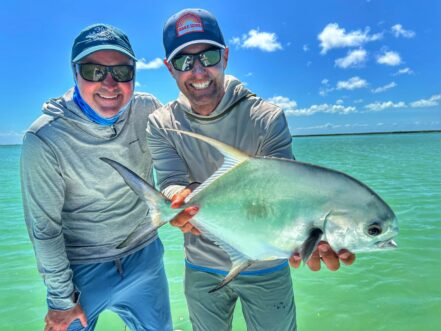
The J Men, or Maya priest, leads the ceremony by praying in Maya before the participants consume the food. The entire community participates in this ceremony, and in some localities, the direct descendants of the Maya perform similar rites in Mayan vestiges to thank the god for the rains, essential for the prosperity of the people. Thus, the cult of Chaac endures, maintaining its pre-Hispanic authenticity and originality, evidencing the deep connection of the Maya with their natural and spiritual environment.
While we did not perform any rituals to attract rain this week, it was evident that some of the Mayan villages surrounding the reserve did. They certainly did not throw any young people into a cenote, but there was certainly an offering of food and a lot of Balché. If we mix in a bit of modern western mythology and apply the phrase “It never rains to everyone’s taste”, the much needed and beneficial Mayan ritual to guarantee a good harvest was not so beneficial, nor well received by our guests this week: Kurt, Allen, Bob, Keith, John and John, who had to face the benevolence of this Mayan deity towards his people.
FISHING
The week got off to a promising start. On Sunday, the usual arrival day for our guests, in the afternoon, John decided to warm up his arm muscles and take a few shots around the coastal area near the lodge and landed two Permit, breaking the ice and opening the week’s scoreboard. Monday’s day was ideal, with light easterly winds, a sunny day and plenty of fish activity in the bay. John again took advantage of the opportunities, landing another Permit, and Bob also did the same. The rest of the anglers had very good opportunities with shots at schools and single ojonas, but fortune did not favor them this time. However, the good sized bonefish and snook were responsible for everyone returning to the lodge with the feeling of having had a very good day of fishing.
Tuesday morning was almost idyllic for fishing. In the afternoon, some isolated clouds began to appear which didn’t bother our guides and anglers too much in locating their targets. It was Allen and Keith’s turn to check off the Permit on their scorecards, while the rest of the group had a very entertaining day with plenty of opportunities for accurate and effective shots at the coveted Permit. However, it was the bonefish, snook and baby tarpon that tested the endurance of their tippets and knots.
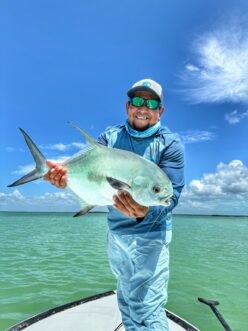
Wednesday’s dawn was a bit cloudy, but the light easterly winds were still with us. Kurt, who was visiting us for the first time, had several epic battles with snook and snappers of considerable size. Such were their sizes that there was a long debate among our guides as to whether we should call them Cuberas or just big Snappers. Keith continued to be successful and added another permit to his score, and John Corddry was also able to check the box for this species on his scorecard. Allen battled fiercely against a big Permit, but his tippet denied him victory.
Clouds began to gather throughout the day on Thursday, the light winds began to increase in intensity in the late afternoon, which did not greatly affect the day’s fishing, as Bob and Keith proved, adding new Permit to their cards.
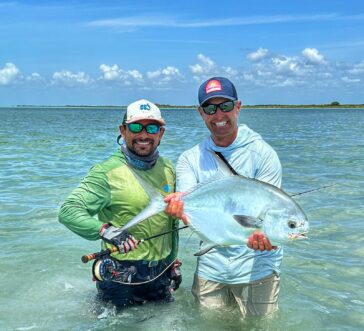
We awoke on Friday to moderate to heavy rain at times. Looking at the satellite images of what happened during the night, we discovered that, totally unexpectedly and not anticipated by any of the usual forecasts, a storm was generated over the Caribbean Sea that, although it never came directly over the bay, its edges left us with uncomfortable rainfall during the night and part of the morning. The god Chaac was very active, wielding his axe against the clouds, giving us a show of thunder and lightning that generated admiration and fear in equal parts. For the first rains we have had since January, they were more than abundant. We decided to delay the start of the fishing day, hoping that the intensity of the storm would diminish and that the consequent electrical component would disappear. The safety of our guests and guides always comes first.
Noting the new weather forecasts for the next few days and satellite images showing how the storm appeared to be anchored in front of us, the group decided to guarantee their arrival for their flights home and make the overland trip to Cancun a day earlier than scheduled.
WEATHER
The first few days of the week were excellent, with light easterly winds and mostly clear skies. The last three days of the week were affected by a strong storm that parked off the bay and, as if toying with us, moved in and out at random.
Winds hovered between 10 and 13 mph during the sunny days and, at times when the storm visited us, its speed climbed to 25 mph.
The tides were very predictable during the first few days of fishing and totally unpredictable the rest of the week.
FLIES
Classic Flexo Crabs, ESB white crabs and white Casa Blanca crabs were the most used, as well as several shrimp imitations.
Tarpon continue with their preference for baitfish imitations, in all their range of colors, with black/purple being the most used.
Bonefish continue to accept the classic and not so classic shrimp and crab imitations in sizes #6 to #8.
See you next week with a new report and do not hesitate to contact our friends at The Fly Shop® so they can tell you first-hand what life is like in Espiritu Santo Bay, the Sian Ka’an Biosphere Reserve (which means “Where the sky begins”, in the Mayan language).
Taak ulak k’iin and Ka xi’ik teech utsil
(See you later and good luck! in Mayan language)
Martin Ferreyra Gonzalez and the entire ESB Family
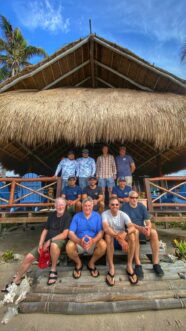
800-669-3474 | 530-222-3555 | travel@theflyshop.com | ESB Lodge


